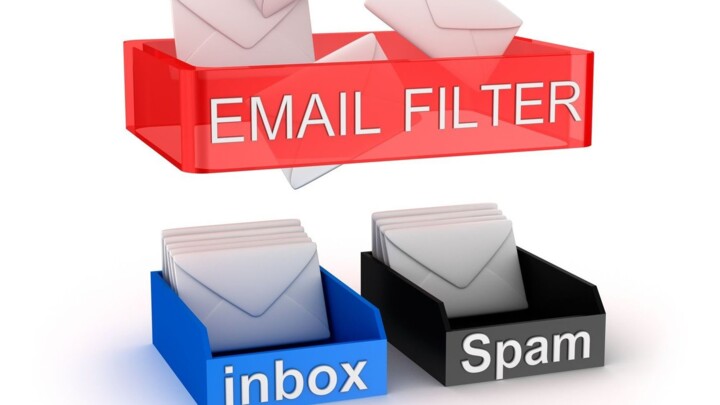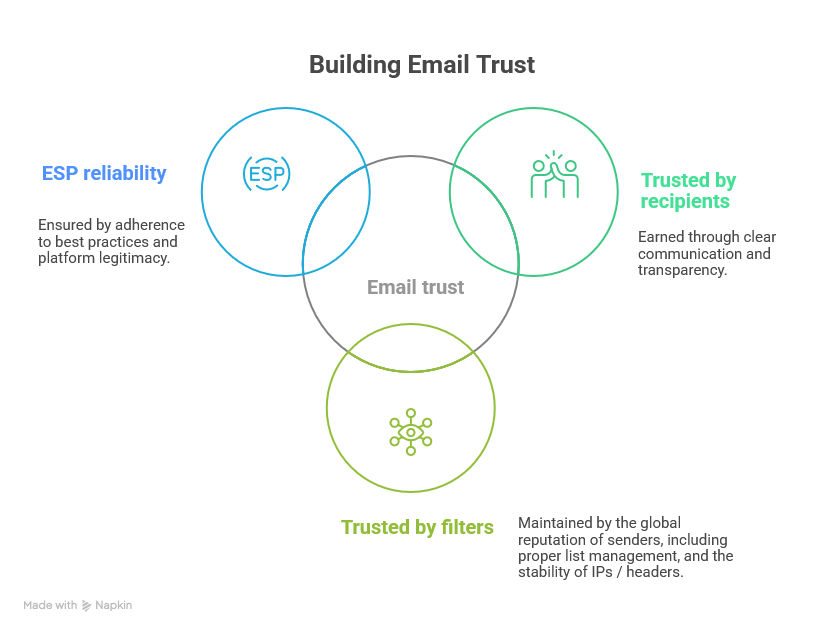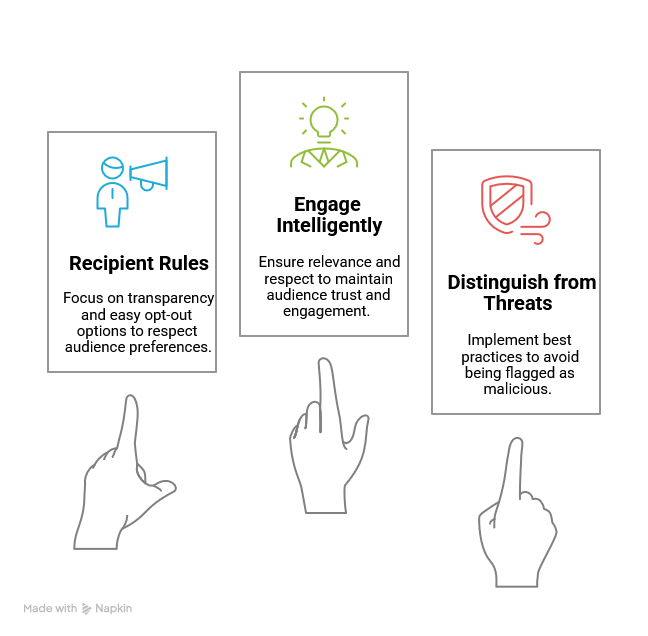Best Practices in Email Marketing from an Anti-Spam Filter Perspective
Hornetsecurity’s Stéphane Decamps explains how marketers can stand out, build trust, and avoid being confused with spam.

© bagira22 | istockphoto.com
Understanding the landscape
In today’s dynamic email environment, the battle against spam centers on filtering out malicious content. Marketing campaigns are supposed to be handled mainly by reputation mechanisms, based on the recipient’s vision.
So, legitimate marketers must navigate carefully – ensuring emails prompt positive reactions but also avoiding traits that mimic harmful messages.
Examples of red flags include emails with unknown domains (even in content), suspicious attachments, or an over-aggressive subject line. Even legitimate companies can trigger spam filters if their emails resemble phishing tactics. Recognizing this, marketers must differentiate themselves and avoid behaviors common to attackers.
Each sender shares responsibility in combating phishing. Clear sender identification and predictable sending behavior support anti-abuse systems in distinguishing real campaigns from malicious impersonations, such as “replay campaigns” that copy legitimate emails.
Trust is the cornerstone
“Trust fuels the future” was the theme at the 2024 CSA Summit. This trust must come from three directions:
- Senders must earn recipient trust:
- Use a clear, consistent display name and From address.
- Provide a web page on the From domain that verifies the sender’s legitimacy.
- Share opt-in data (like the opt-in date).
- Craft relevant subject lines that match content.
- Offer an easy unsubscribe option.
- Filters and Mailbox Providers (MBPs) must trust the sender:
- Maintain stable IPs, domains, and headers.
- Limit domain diversity (including in content).
- Govern mailing lists properly: validate opt-ins, clean inactive users, and avoid spammy tactics.
- Avoid misleading unsubscribe mechanisms (no « declare as spam » link).
- Email Service Providers (ESPs) must be reliable:
- Marketers should work with ESPs whose other clients also follow best practices.
- Proper IP and domain(s) warm-up is essential.
- Include identifiable elements (like X-Mailer headers) to signal platform legitimacy.

Figure 1: Building Email Trust © dotmagazine.online | created with napkin.ai
Tackling snowshoe marketing
In collaboration with Orange, we identified “snowshoe campaigns” as major sources of spam reports. These involve affiliated senders pushing the same campaign, defined by the same target, through varied formats, domains, and timings.
All of these combined mailings for a single goal often resulted in seriously excessive volumes of spam reports. We found success by requiring:
- Consistent display names identifying the sender, and nothing more.
- Mentioning the beneficiary brand in brackets within the subject line.
These measures cut marketing-related spam reports by a third.
SenderTool: Streamlined communication
Hornetsecurity (formerly Vade) offers SenderTool, an interface which allows message senders to report what they believe to be false positives generated by their tools: https://sendertool.vadesecure.com.
This tool links senders to IPs, verifies identities, and ensures information is securely exchanged. Adherence to the best practices mentioned is a prerequisite to using the tool. Requesters are scored based on the quality of past interactions and requests, affecting priority.
Tips for using SenderTool:
- Provide full context: Describe the email type, compromised accounts, timelines, etc.
- Avoid unjustified delisting requests.
Three core principles for marketers

Figure 2: Three core principles for marketers © dotmagazine.online | created with napkin.ai
- The recipient rules: Your audience will decide whether your message is welcome. Be transparent, explain why you’re writing, and make opting out easy.
- Engage intelligently: Be relevant and respectful. Avoid misleading hooks, manage frequency, and offer a preference center.
- Be distinguishable from threats: Help filters and MBPs tell your emails apart from malicious ones by using best practices.
By fostering trust, ensuring transparency, and honoring user choices, you can optimize your deliverability and stand out in the inbox for all the right reasons.
A more detailed version of this article with more technical recommendations is on the blog of the Certified Senders Alliance.
📚 Citation:
Decamps, Stéphane. (2025, June 25). Best Practices in Email Marketing from an Anti-Spam Filter Perspective. dotmagazine. https://www.dotmagazine.online/issues/strengthening-digital-trust/email-marketing-anti-spam-filter-perspective
Head of Anti-Abuse at Hornetsecurity, Stéphane Decamps has 17+ years in email security. His role ensures ESPs are correctly handled, reputation mechanisms function, and abuse is identified and mitigated.
Please note: The opinions expressed in Industry Insights published by dotmagazine are the author’s or interview partner’s own and do not necessarily reflect the view of the publisher, eco – Association of the Internet Industry.




